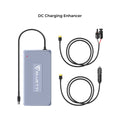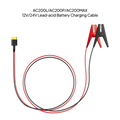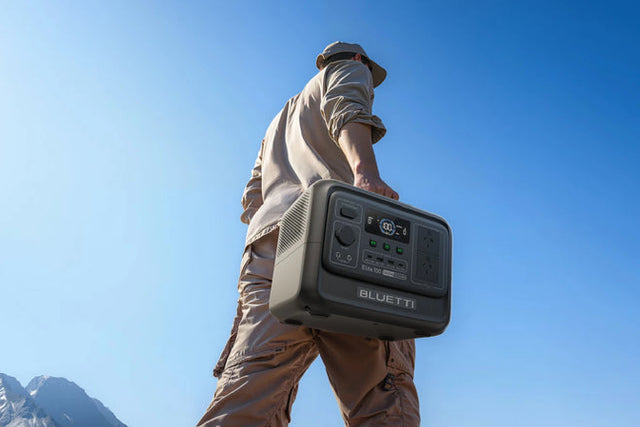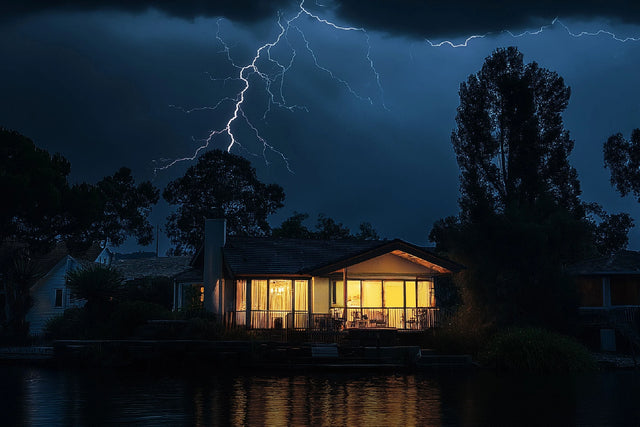As the world continues to shift towards renewable energy sources, more and more people are turning towards solar power as a viable option for their homes or businesses. However, the installation process of solar panels can seem daunting and overwhelming to those who are unfamiliar with it. That's where a solar panel installation course comes in. In this article, we will guide you through the basics of setting up solar panels, the benefits of taking a course, and why it's crucial to have proper knowledge and training when it comes to harnessing the power of the sun.
Why Build Your Own Solar Power System At Home?
Are you tired of constantly rising electricity bills? Are you looking for a sustainable and cost-effective solution to power your home? Look no further than building your own solar power system at home. Not only will it decrease your reliance on traditional energy sources, but it will also have a positive impact on the environment. Still unsure? Here are five reasons why you should consider taking a solar panels installation course and setting up your own solar panels:
- Save Money in the Long Run: While the initial cost of installing solar panels may seem daunting, it will save you money in the long run. With solar energy, you can significantly reduce or even eliminate your monthly electricity bills.
- Environmentally Friendly: Solar energy is clean and renewable, meaning it does not emit harmful pollutants into the environment. By creating your own solar power system, you are reducing your carbon footprint and contributing to a healthier planet.
- Energy Independence: With your own solar power system, you are not reliant on energy companies and their fluctuating prices. You can take control of your energy usage and become more self-sufficient.
- Tax Incentives: Many governments offer tax incentives and rebates for homeowners who install solar panels. These can significantly reduce the initial cost of installation, making it a more affordable option.
- Increase Property Value: A home with a solar power system is seen as more desirable and valuable in the real estate market. By investing in solar energy, you are also increasing your property's value for potential future buyers.
Overall, taking a solar panels installation course and building your own solar power system can have numerous financial and environmental benefits. It is a step towards a more sustainable and self-sufficient future. So why wait? Start your journey towards solar energy today!

Composition of Solar Power System
A solar power system is made up of various components that work together to harness the sun's energy and convert it into electricity. The following are the key components of a solar power system:
- Solar Panels: These are the most crucial part of a solar power system. They are made up of photovoltaic (PV) cells that absorb sunlight and convert it into direct current (DC) electricity.
- Inverter: The DC electricity produced by the solar panels cannot be directly used in our homes. The inverter is responsible for converting it into alternating current (AC) electricity, which is the type of electricity used in our homes.
- Batteries: Solar batteries are used to store excess energy produced by the solar panels. This stored energy can then be used when there is no sunlight, such as during the night or on cloudy days.
- Charge Controller: This component regulates the flow of electricity from the solar panels to the batteries. It ensures that the batteries are not overcharged and helps prolong their lifespan.
- Mounting System: Solar panels need to be mounted on a stable and secure structure to ensure they are properly angled towards the sun. A mounting system is essential to keep the panels in place and protect them from harsh weather conditions.
Building a Solar Power System at Home
Installing solar panels may seem like a daunting task, but with the right knowledge and skills, it can be a rewarding and cost-effective way to generate electricity for your home. Whether you are looking to reduce your carbon footprint or save on your utility bills, a solar panel installation course can provide you with the necessary tools and techniques to set up your own solar power system. Here are five steps to guide you through the process of building a solar power system at home:
- Evaluate your energy needs: The first step in setting up a solar power system is to determine your energy consumption. This will help you determine the number and size of solar panels needed to meet your electricity needs.
- Choose the right location: Select an area on your roof or property that receives ample sunlight throughout the day. This will maximize the efficiency of your solar panels and ensure maximum energy production.
- Gather the necessary materials: To build a solar power system, you will need solar panels, mounting brackets, inverters, batteries, and wiring. Make sure to purchase high-quality and efficient materials to ensure the longevity and effectiveness of your system.
- Install the solar panels: Begin by attaching the mounting brackets to your roof or ground. Then, carefully install the solar panels onto the brackets, ensuring that they are securely in place. Connect the panels to the inverter, which will convert the direct current (DC) from the panels into usable alternating current (AC) electricity.
- Connect to the grid: Finally, you will need to connect your solar power system to your home's electrical grid. This will allow you to use solar energy for your electricity needs and also feed any excess energy back into the grid, potentially earning you credits or payments from your utility company. However, it is important to have a professional electrician to make the final connection to ensure safety and compliance with local regulations.

By following these steps and enrolling in a solar panel installation course, you can successfully build and set up a solar power system at home. Not only will this reduce your reliance on fossil fuels, but it can also save you money in the long run. So, why not take the first step towards a greener and more sustainable future by learning how to install solar panels?
Installing and Mounting Solar Panels
One of the first steps in setting up solar panels is selecting the location for installation. The ideal spot is an area that receives ample sunlight throughout the day, such as a rooftop or an open field. Once the location is chosen, the panels need to be mounted on a sturdy structure that can support their weight and withstand harsh weather conditions. This is usually done with the help of mounting racks or frames. It is important to ensure that the panels are angled towards the sun to maximize their energy production. This can be achieved by using tilt mounts or adjusting the angle of the rack. Properly secured and angled panels will ensure the most efficient use of solar energy.
Installing a solar battery AC300 + B300 home backup system
Having a reliable backup power source is essential for any household. Whether it's to prepare for unexpected power outages or to reduce electricity bills, installing a home backup battery storage system can be a smart investment. One option that has been gaining popularity in recent years is the BLUETTI AC300 + B300 home battery backup system.
With a 3,000W AC pure sine wave inverter and a capacity of 3,072Wh, this system offers 7 different ways to recharge, including AC, solar, car, generator, lead battery, dual AC, and AC+Solar. This versatility makes it suitable for various power needs and emergencies.
Its smart app control and monitoring feature also allows for easy customization and maintenance. By providing power for basic family needs for days, the BLUETTI AC300 + B300 system offers a comprehensive solution for all your power needs. Plus, with its modular design, it can support up to 4 battery modules for a total capacity of 12,288Wh, making it suitable for larger households or longer power outages.
Overall, installing a BLUETTI AC300 + B300 home battery backup system can provide peace of mind and reliable power in any situation.
Connecting Your Solar Power System to the Grid
To connect your solar power system to the grid, you’ll need to follow a few steps:
- Obtain Necessary Permits and Approvals: Before connecting your solar panels to the grid, you’ll need to obtain any necessary permits and approvals from your local government or utility company. This will typically involve submitting an application and providing documentation such as your solar panel specifications, electrical plans, and proof of insurance.
- Install a Bi-Directional Meter: A bi-directional meter is a special type of electricity meter that can measure both the energy you use from the grid and the energy you send back to the grid from your solar panels. You’ll need to have this meter installed by your utility company or a licensed electrician.
- Connect the Inverter: Your solar panels generate DC (direct current) electricity, but your home and the grid use AC (alternating current) electricity. An inverter is used to convert the DC electricity from your solar panels into usable AC electricity for your home. Your inverter will need to be connected to your home’s electrical system and the bi-directional meter.
- Perform Inspections and Tests: Before connecting your solar panels to the grid, they will need to be inspected and tested by a qualified electrician. This is to ensure that the system meets all safety and performance standards. Once the system passes these inspections, it can be connected to the grid.
- Complete Interconnection Agreement: Your utility company may require you to sign an interconnection agreement before connecting your solar panels to their grid. This agreement outlines the terms and conditions of your connection to the grid, including any fees or regulations that may apply.
- Flip the Switch: Once all necessary steps have been completed, your solar panels can be connected to the grid. Your inverter will start feeding electricity from your solar panels into your home’s electrical system, reducing your reliance on the grid and potentially allowing you to earn credits for any excess energy you produce.
It’s important to note that the steps to connect your solar power system to the grid may vary depending on your location and utility company. It’s always best to consult with a licensed professional and your utility company before beginning the process.












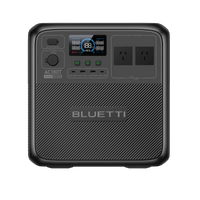












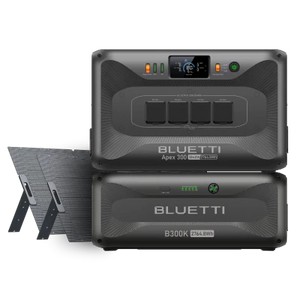





















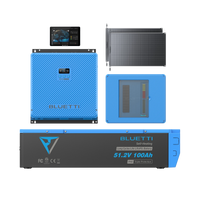





















![[Phased Out] BLUETTI B80P Expansion Battery | 806Wh](http://www.bluettipower.com.au/cdn/shop/files/202310025B80P_2000-2000px_4_4caa0c1c-4dab-4272-9e9b-2b7507e5bd81.jpg?v=1713777870&width=200)
![[Phased Out] BLUETTI B210P Expansion Battery | 2,150Wh](http://www.bluettipower.com.au/cdn/shop/files/2_08cf9ef3-03a4-4489-b641-d3edb8094896.webp?v=1716016566&width=200)
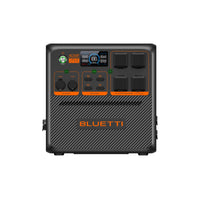


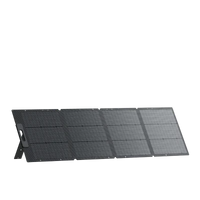


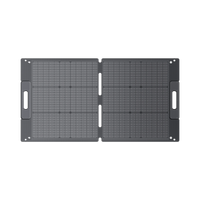





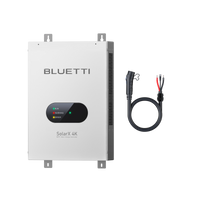






















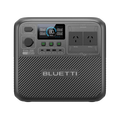

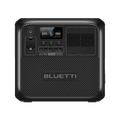






























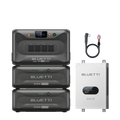



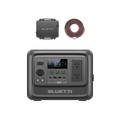





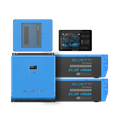














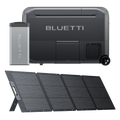




















![[Phased Out] BLUETTI B80P Expansion Battery | 806Wh](http://www.bluettipower.com.au/cdn/shop/files/202310025B80P_2000-2000px_4_4caa0c1c-4dab-4272-9e9b-2b7507e5bd81.jpg?v=1713777870&width=120)
![[Phased Out] BLUETTI B210P Expansion Battery | 2,150Wh](http://www.bluettipower.com.au/cdn/shop/files/2_08cf9ef3-03a4-4489-b641-d3edb8094896.webp?v=1716016566&width=120)


















